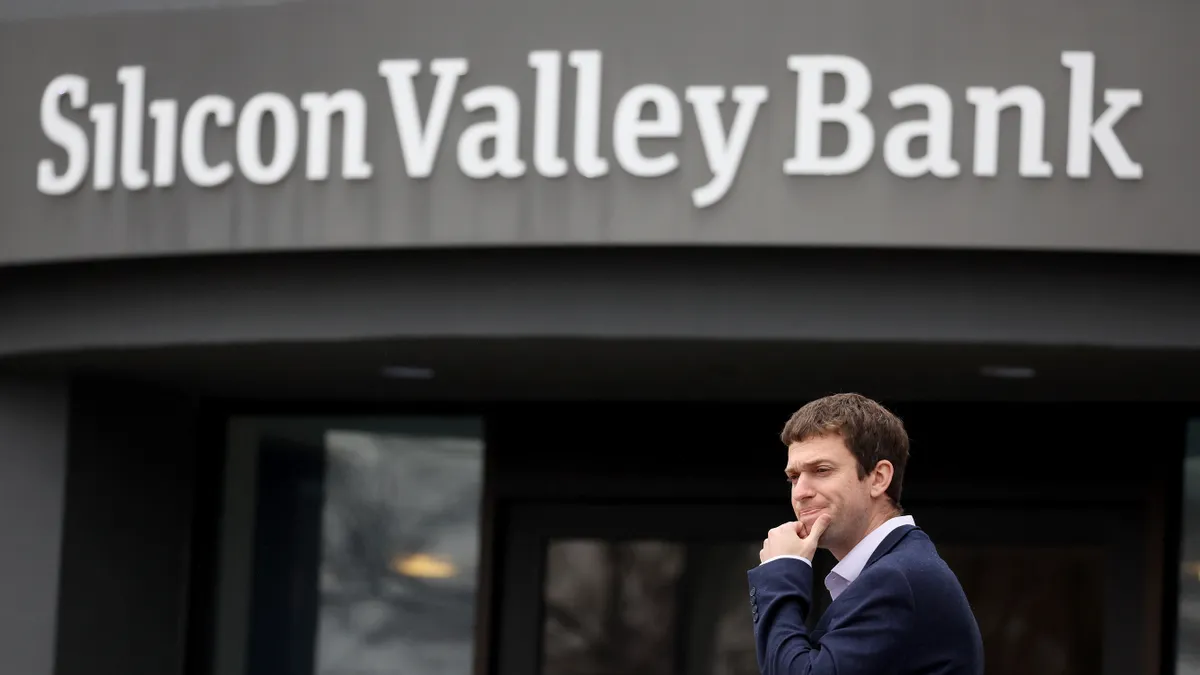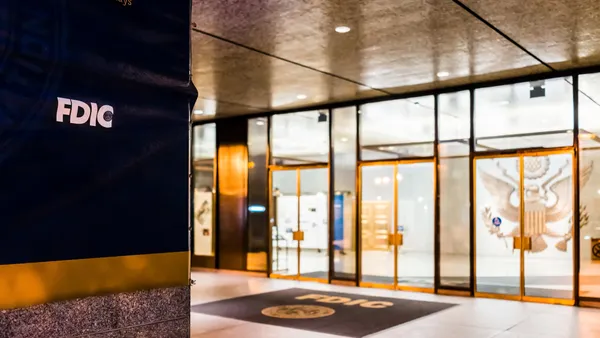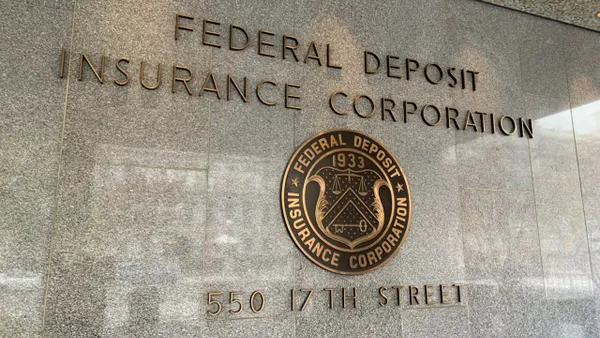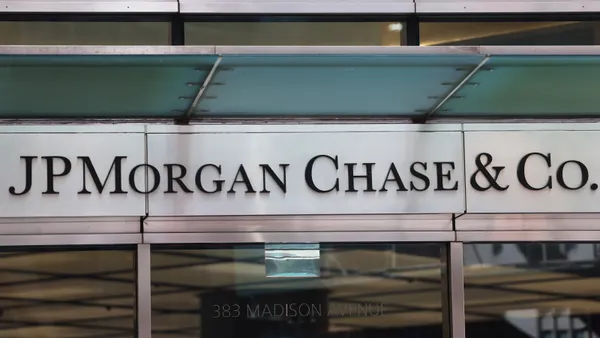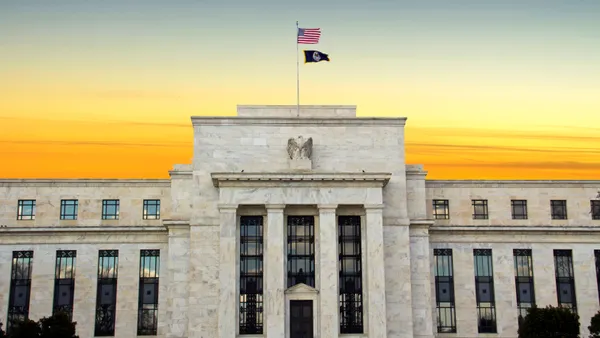The Federal Reserve’s internal watchdog said the central bank’s supervision of Silicon Valley Bank did not keep pace with the firm’s growth and increased complexity before it collapsed in March, according to a report released on Thursday.
“With the benefit of hindsight … we noted multiple instances in which the Board and [the Federal Reserve Bank of San Francisco] should have acted earlier or taken stronger action to address identified weaknesses at SVB,” the Fed’s Office of Inspector General said in a 53-page report.
SVB, which had a high percentage of uninsured deposits, experienced a bank run in March after the firm’s disclosure of a $1.8 billion loss spooked depositors, who then tried to withdraw more than $42 billion in a day.
The bank’s collapse is the third-largest bank failure since the 2008 financial crisis. Its takeover by federal regulators sparked a crisis of confidence in the banking sector, and preceded the demise of several other regional lenders, New York-based Signature Bank and San Francisco's First Republic Bank.
Fed supervisors did not properly scrutinize the impact that rising interest rates would have on the SVB’s investment securities portfolio, the IG report said.
In its supervision of SVB, the central bank allocated an insufficient number of examiner resources, the report found. Meanwhile, examiners assigned to the bank did not have sufficient expertise in supervising large, complex institutions, according to the IG.
The report also noted it identified several instances in which examiners at the Fed and San Francisco Fed should have downgraded the bank’s ratings. The central bank’s examiners “missed an opportunity to send SVB a stronger message” by not lowering the firm’s CAMELS score, a key metric regulators use to rate a financial institution’s ability to withstand stress.
Thursday’s report echoes similar assessments made by Fed Vice Chair for Supervision Michael Barr in April. Barr’s post-mortem concluded that supervisory failures and poor bank management contributed to the collapse of the Santa Clara, California-based bank.
The Fed IG report also placed blame on SVB’s management, saying the bank’s leaders “failed to appreciate the significance of the multiple layers of risks or recognize the vulnerabilities inherent in the bank’s condition.”
The bank also exhibited poor communication in the events leading up to its collapse, contributing to the degradation in clients’ confidence in the lender, the report said.
“Ultimately, management’s ineffective public communications of its plan to raise additional capital coupled with other market events resulted in significant deposit outflows and a liquidity crisis that contributed to the bank’s failure,” the report said.
Conflict of interest?
The Fed watchdog’s report said former SVB Financial Group CEO Greg Becker’s position on the San Francisco Fed Board created “an appearance of a conflict of interest.”
In the aftermath of SVB’s collapse, some lawmakers, including Sens. Elizabeth Warren, D-MA, and Bernie Sanders, D-VT, criticized Becker’s presence on the Fed board, saying it may have prevented regulators from properly supervising his firm.
“I think it would come as a shock to most Americans to find out that Gregory Becker, the CEO of Silicon Valley Bank, who successfully lobbied for the deregulation of his financial institution was allowed to serve as a director of the same body in charge of regulating his bank: the San Francisco Federal Reserve,” Sanders said in March, after introducing legislation that would block bank executives from serving on regional Federal Reserve boards that regulate their firms. “It is clear to me and to the American people, that the CEOs of the largest banks in America should not be allowed to serve as directors of the main agency we have in this country in charge of regulating those very same financial institutions.”
Becker, who served as a class A director at the San Francisco Fed, departed the role on March 10, shortly after the bank was taken over by regulators, according to Reuters.
In its report, the Fed IG asked the central bank to “consider whether standards for service and removal can be established for class A directors currently employed by supervised institutions.”


